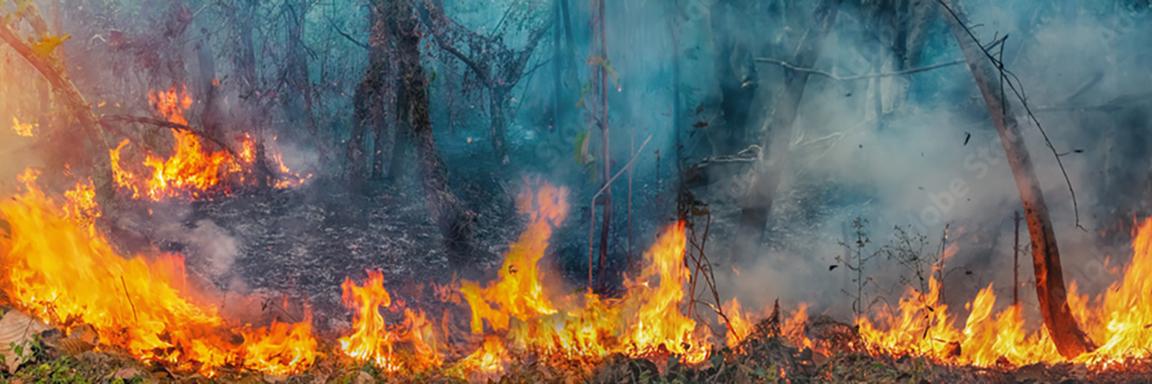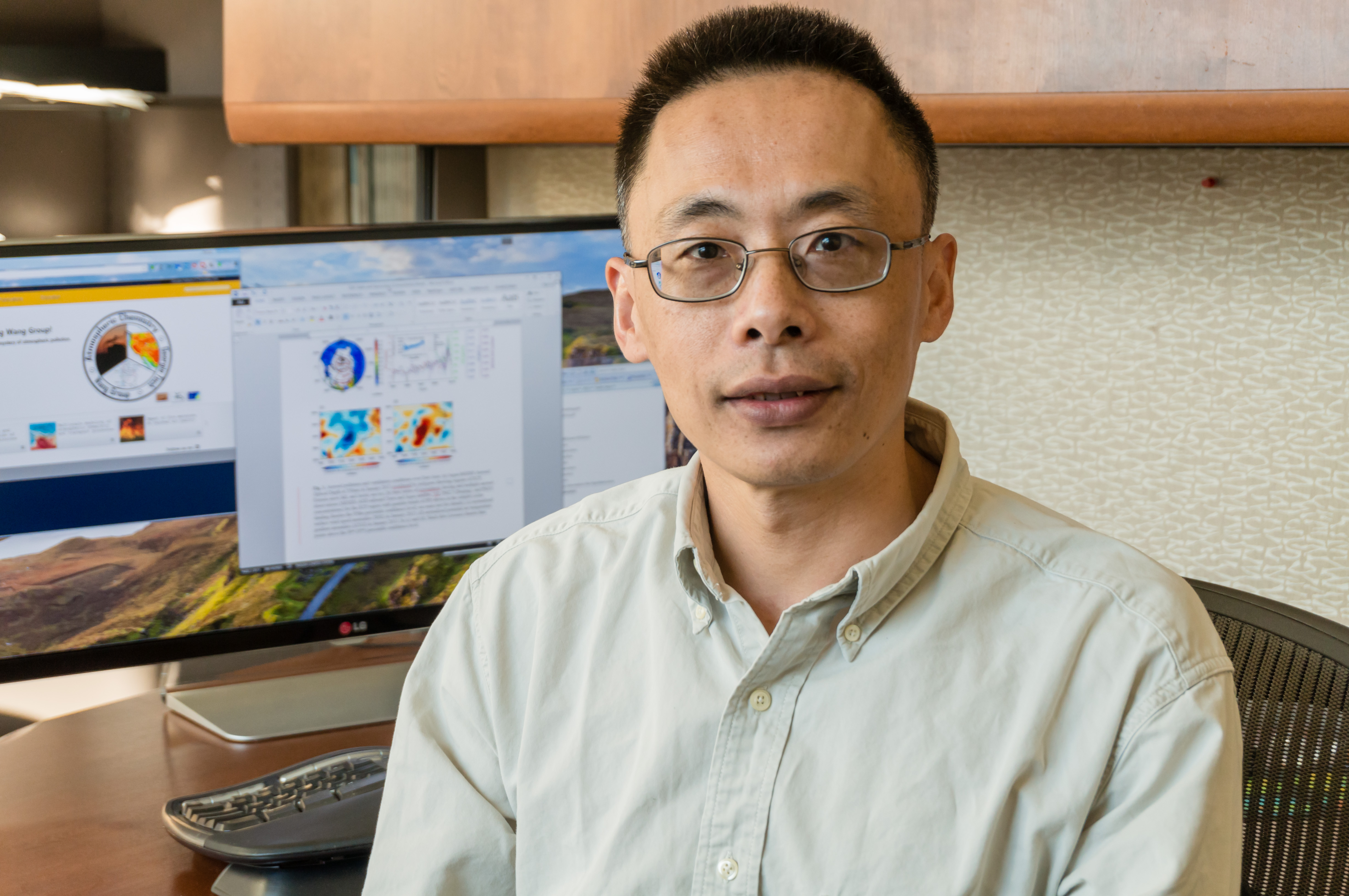Everlasting African Wildfires Fueled by Aerosol Feedback
Jan 03, 2024 —

Fires have been burning in Africa for centuries. The fires are fueled by a feedback loop as aerosols interact with the climate. It’s a process that plays a critical role in the regulation of African ecosystems.
Africa is on fire. It has been for thousands of years. The continent contains more than 50% of the total area on Earth that is burning, on average, and there is no sign of it stopping — indeed, the migrating, hemisphere-hopping African wildfire season is steadily increasing.
The fire is essentially feeding itself in a kind of feedback loop as aerosols, induced by the perpetual conflagration, interact with the climate. It’s a process that plays a critical role in the regulation of African ecosystems, reinforcing wildfires and paving the way for elevated fire seasons in subsequent years.
Aerosols are tiny particles that have a large impact on the Earth’s climate. They comprise a wide range of materials. Besides the human-induced air pollution that we can see (that brown smog is the interaction of light with aerosols), there are a lot of natural aerosols: salty sea spray, mineral dust, volcanic ash, and wildfire smoke.
Suspended in the atmosphere, the role of aerosols in our climate is complex. But a new study by Georgia Tech researchers demonstrates the role they play in the African wildfire life cycle. The research, published in the journal iScience, could have significant implications for understanding the impacts of fires and climate change in Africa and other regions of the planet prone to wildfire.
“We used to think that aerosols had a short-term, localized climate impact and can be effectively removed by precipitation within a week. But in this study, we’re showing that isn’t necessarily correct,” said Yuhang Wang, professor in the School of Earth and Atmospheric Sciences and corresponding author of “Positive Feedback to Regional Climate Enhances African Wildfires.”
The Wang lab works at solving mysteries of atmospheric pollution, and the team is onto something with its latest research, revealing new clues in its study of wildfires in Africa, where the unique alternation between dry and wet seasons along the equator extends the lifespan of aerosols.
“Basically, with the combination of wildfires and fire-induced aerosols, the impact of aerosols can be longer term, extending over seasons,” said Wang, whose team invented the tool it needed to complete its investigation.
Building a Better Model
Several years ago, Wang’s lab developed the Region-Specific Ecosystem Feedback Fire (RESFire) Model to augment the existing, publicly accessible Community Earth System Model (CESM). Managed by the National Center for Atmospheric Research, CESM is an open-source global climate model that provides computer simulations of the Earth’s climate system.
RESFire improves CESM’s fire simulation capability, helping researchers develop a better grasp of complex fire-climate-ecosystem interactions, “which are still not very well understood,” said Wang, whose team used its CESM-RESFire model to study aerosol feedback in Africa for the latest research.
“We found that the extension of the aerosols’ lifespan in Africa occurs through a positive feedback mechanism,” said Wang.
Aerosols can essentially give clouds a bad case of constipation, absorbing vapor from the atmosphere, making it difficult for clouds to produce large droplets.
“Fire aerosols are transported from burning or dry regions to wet regions,” Wang explained. “That leads to reduced precipitation and drying of fuel loads.”
The Feedback Mechanism
Identifying the fire-aerosol positive feedback mechanism in Africa sheds light on wildfire-related climate feedback globally. Other studies have shown that in some coastal areas, such as the western United States, fire smoke alters local fire weather, resulting in positive feedback. These coastal regions have distinct fire seasons, and the escalation caused by aerosol feedback doesn’t persist into the next fire season.
Africa is different. With its shifting fire regions and prevailing winds, the positive feedback affects the current season and amplifies burning in the subsequent season. And fire weather season has increased by up to 40% in Africa over the past four decades, which means there may be shifts in distribution and variability of burned areas.
“The good news is that this mechanism is self-sustaining. It even has some resilience built in,” Wang said. “The question is what happens in the presence of persistent global climate change. What we know is, the mechanism underlying this natural system of wildfires depends on the current state of the atmosphere.”
The positive feedback mechanism implies that a warmer, drier climate will likely lead to more persistent burning in Africa in the future, the researchers write, concluding, “The systematic fire-climate feedback may also be present in other fire-prone tropical regions and has significant ramifications for understanding the impacts of fires and climate change on humans and plant life.”
Citation: Aoxing Zhang, Yuhang Wang, Yufei, Zou. “Positive feedback to regional climate enhances African wildfires.” iScience.
Funding: This work was supported by the National Science Foundation (NSF) (grant 1743401).

Yuhang Wang




